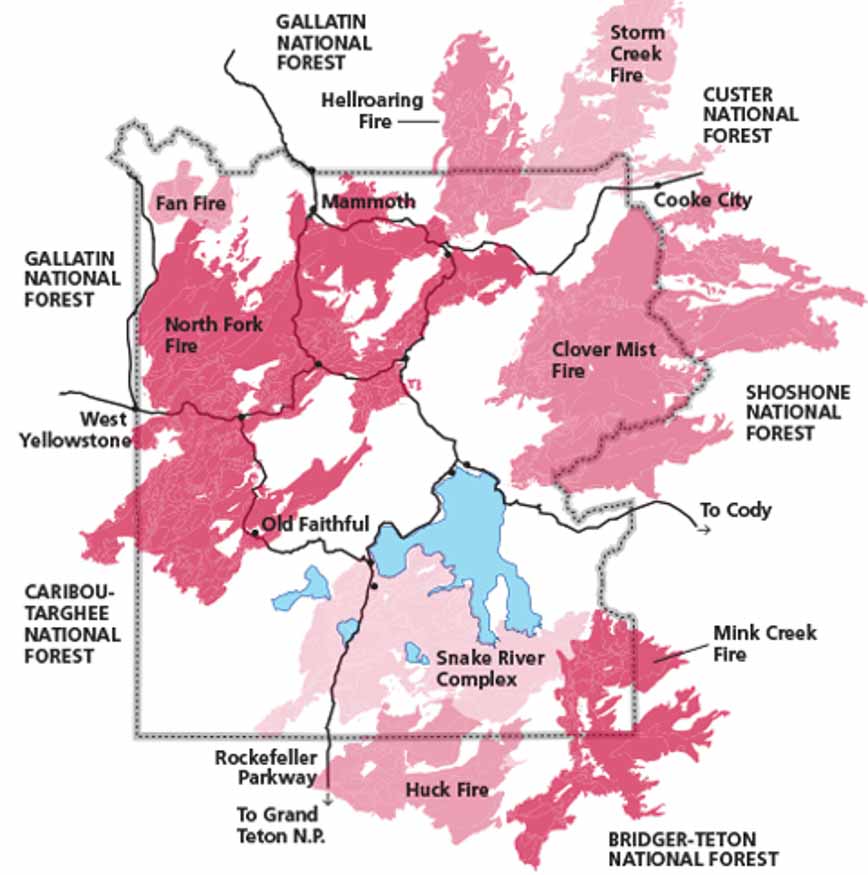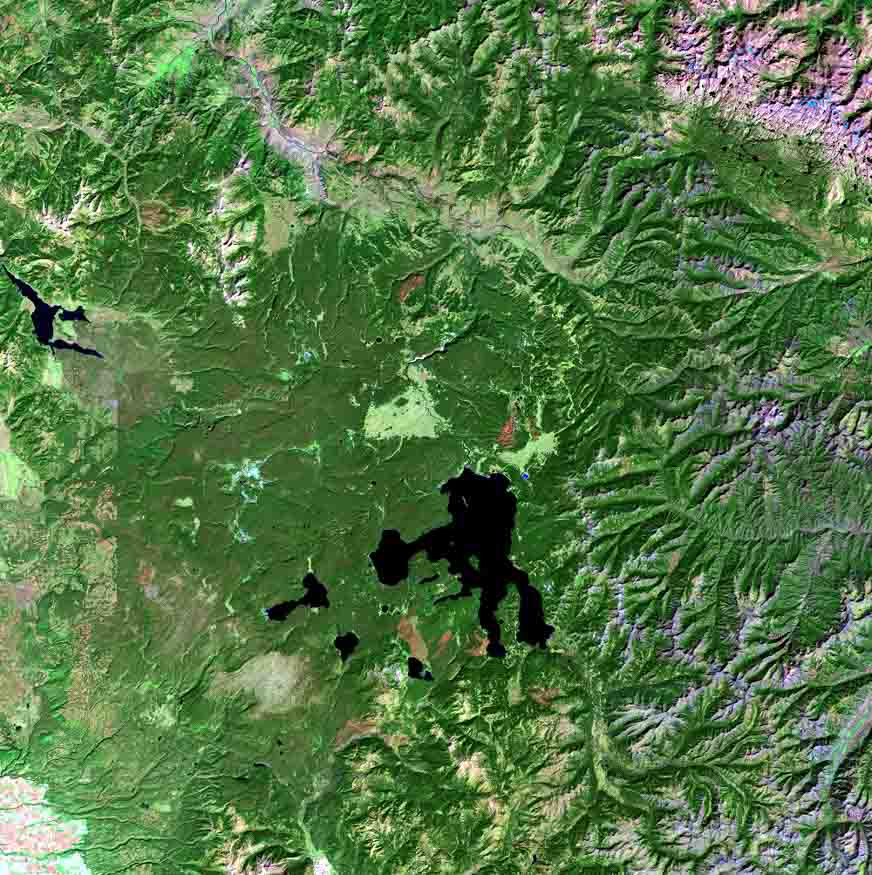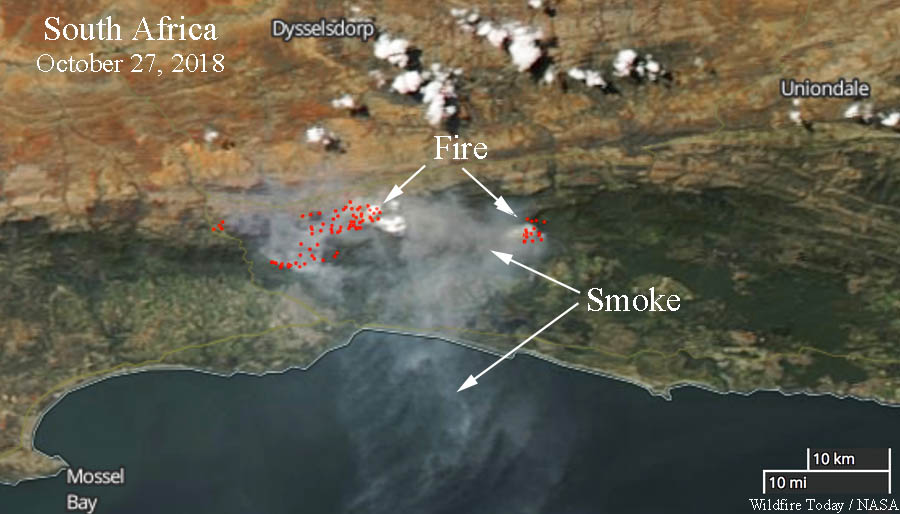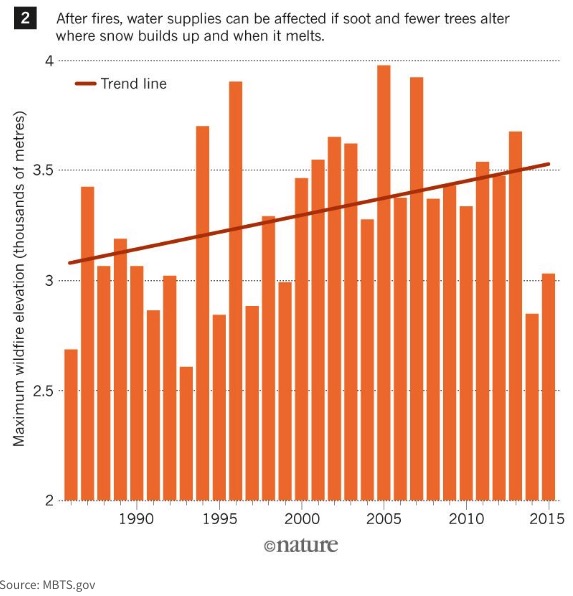
While on a trip to Australia Prince Harry and Meghan Markle stopped to talk with farmers who are suffering through a severe drought which has led to a cascading series of hardships. In drawing upon his own experience with depression he implored them to find someone to talk to.
His words would have been very appropriate before an audience of wildland firefighters — from January 1, 2015 through November 1, 2017 at least 68 took their own lives.
If you substitute “firefighter” for “farmer” in Prince Harry’s address, it would still be very appropriate.
Help is available for those feeling really depressed or suicidal.
- National Suicide Prevention Lifeline: 800-273-8255. Online Chat.
- Anonymous assistance from the Wildland Firefighter Foundation: 208-336-2996.
- National Wildland Fire and Aviation Critical Incident Stress Management Website.
- Code Green Campaign, a first responder oriented mental health advocacy organization.
- Would you rather communicate with a counselor by text? If you are feeling really depressed or suicidal, a crisis counselor will TEXT with you. The Crisis Text Line runs a free service. Just text: 741-741









 Following reports that at least 12 of the wildfires that devastated areas of the California wine country last year were
Following reports that at least 12 of the wildfires that devastated areas of the California wine country last year were 

